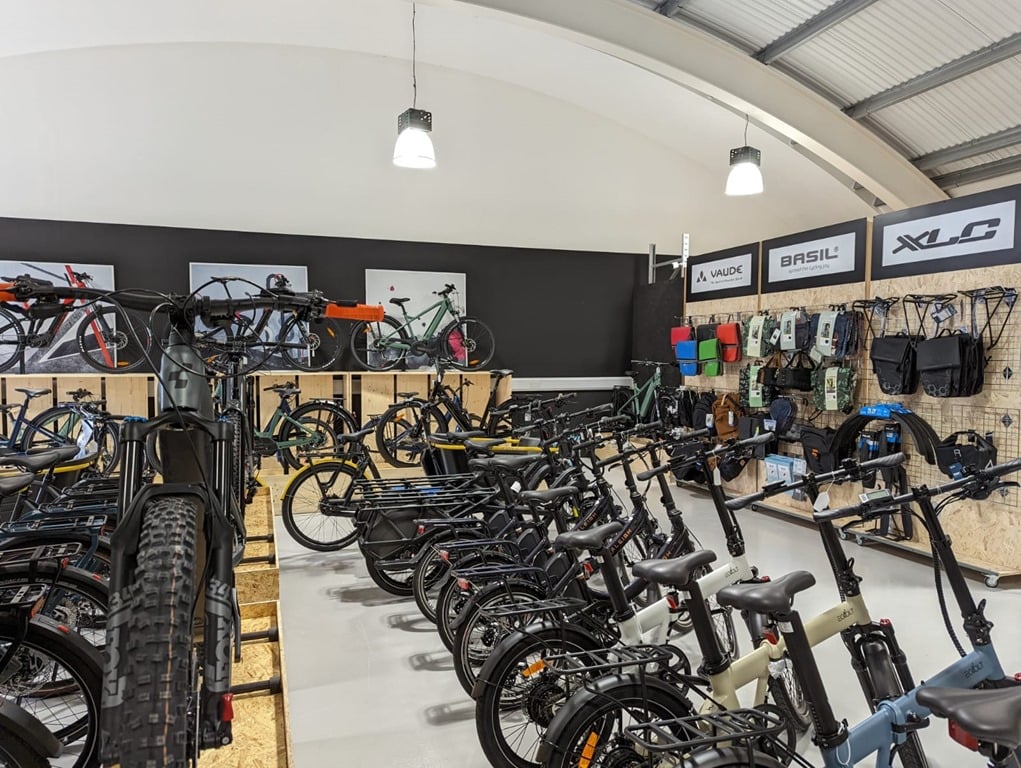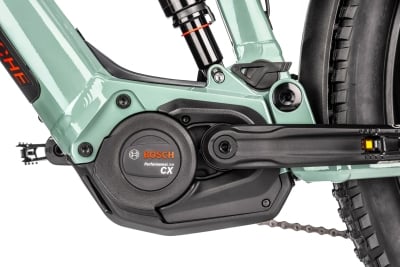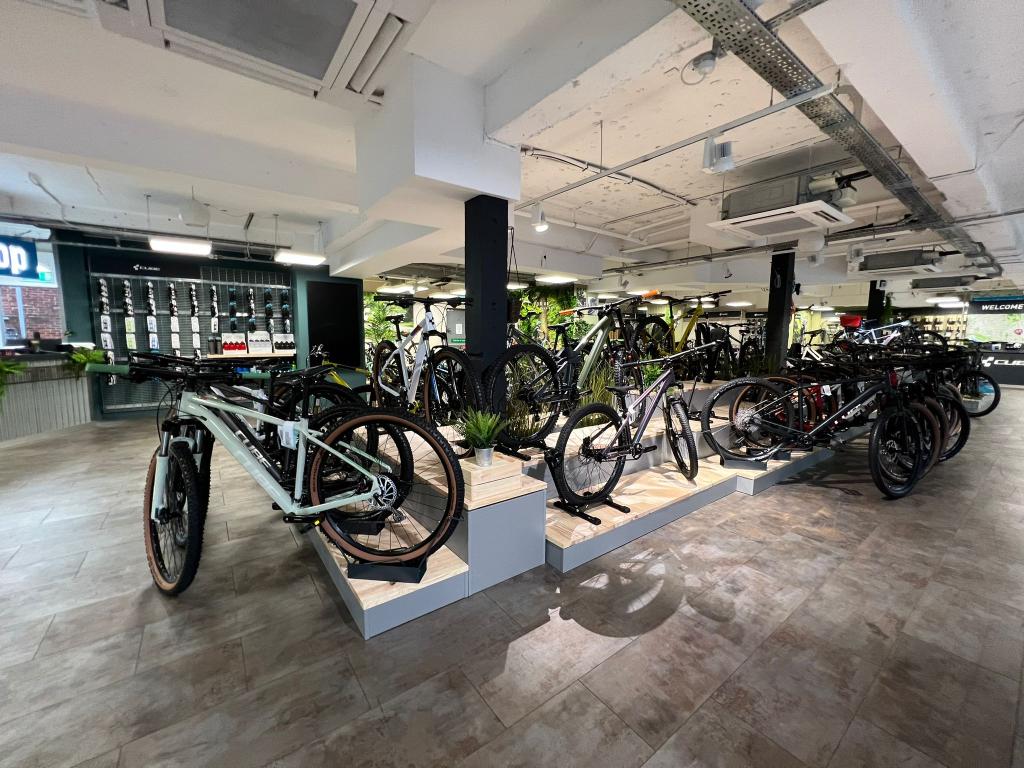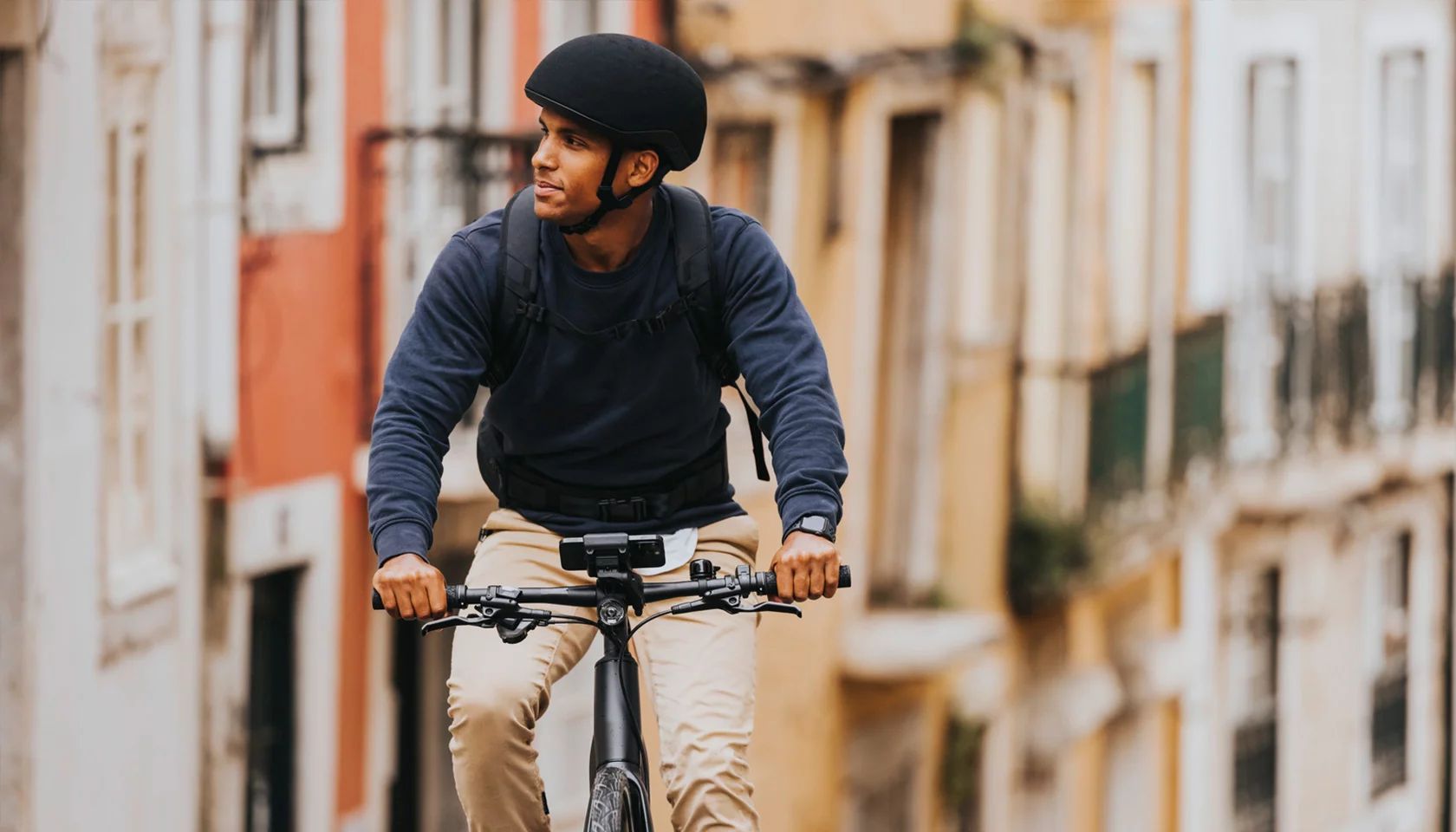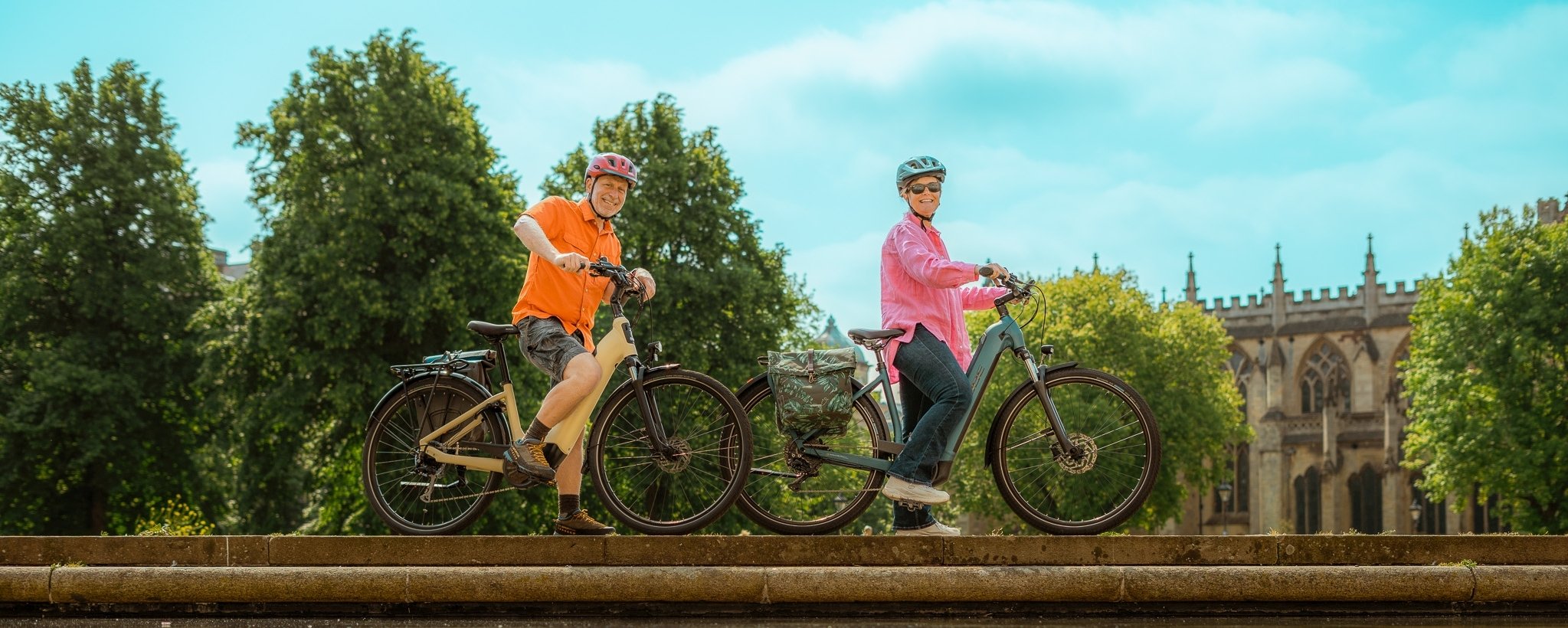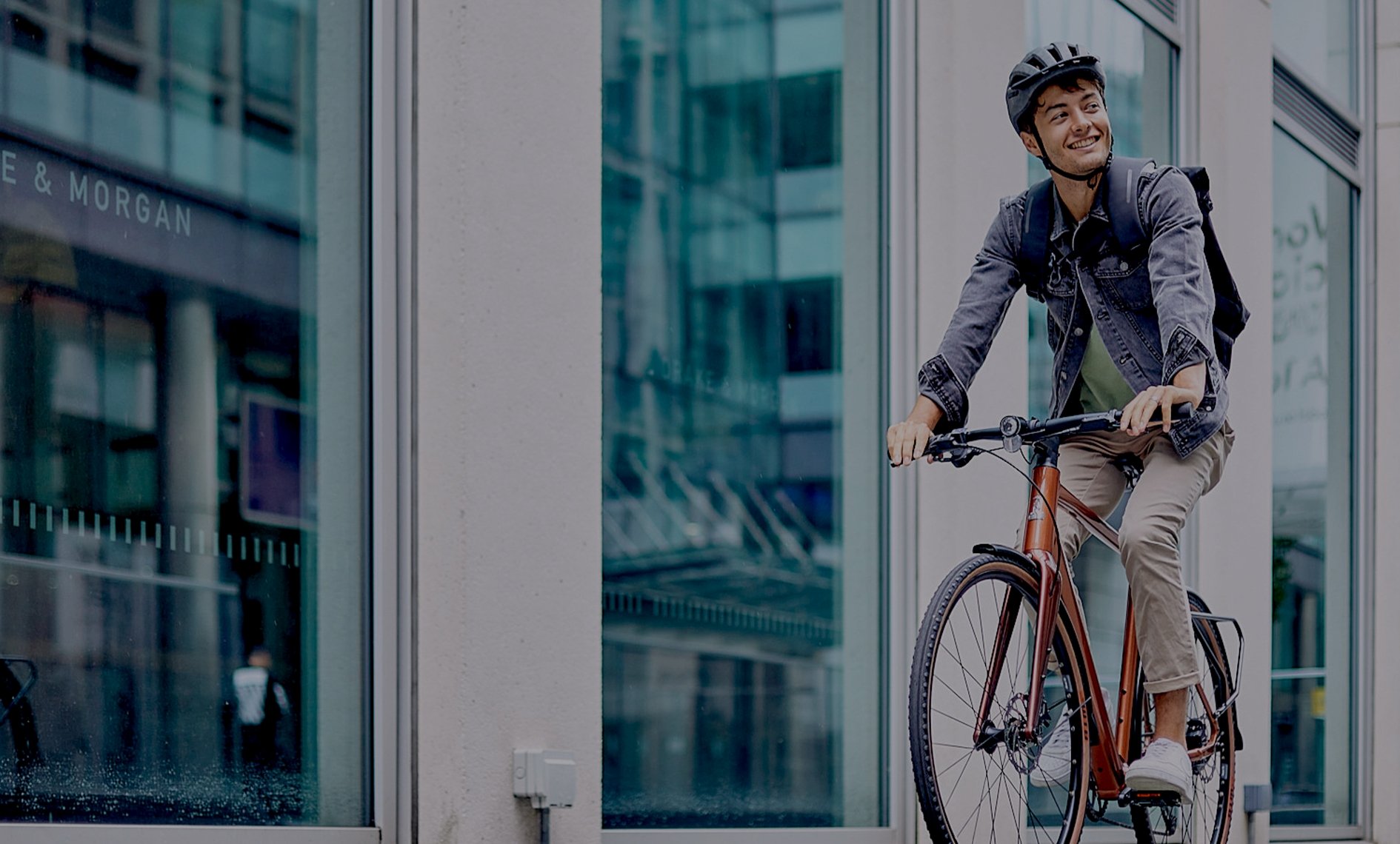Don’t Let A Bit Of The White Stuff Stop You Cycling
Don’t Let A Bit Of The White Stuff Stop You Cycling
Snow can make cycling a little trickier, in heavy snow it may be sensible to choose to walk but when there is just a smattering there is nothing really to stop you cycling, if you feel confident in doing so.
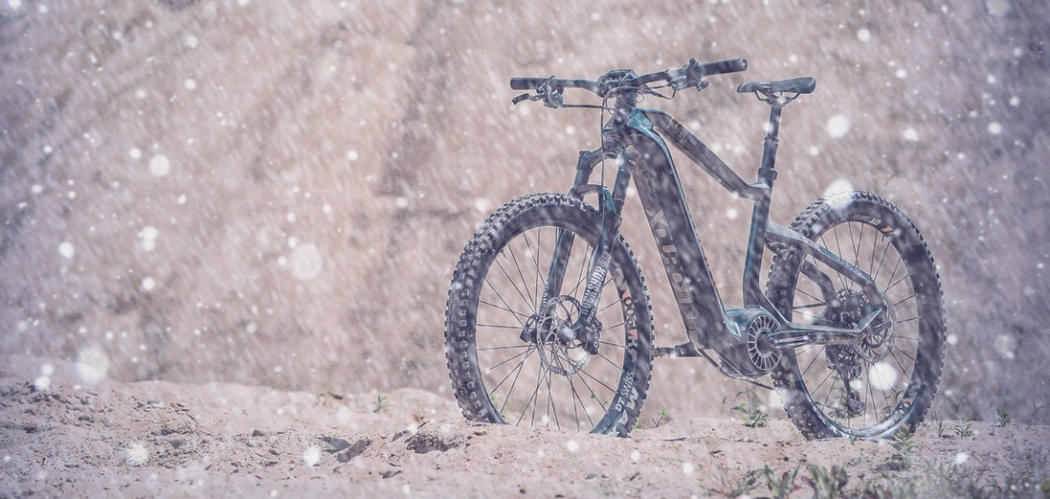
Here are some of our top tips for cycling in light snow and the winter.
Tyres & Tyre Pressure
Check your tyres, a good set will mean better grip and you don’t really want to have to stop and fix a puncture when the weather is more challenging.
Reduce your normal tyre pressure slightly, the lower pressure will allow for the tyre to create a bigger contact area with the ground and provide better traction.
Check The Weather Forecast & Stay Out Of The Gutter
Ice is probably the greatest risk, if the temperature is below zero, puddles are most likely to have formed closest to the curb which then may have frozen. A light covering of snow may also hide drains, potholes and other road debris.
If using a cycle path, be aware of other cyclists and pedestrians.
Choose Your Route
If your normal journey involves roads and paths that are unlikely to be gritted then consider riding on roads that have been treated. Main roads are more likely to be cleared by cars and treated with salt. Please take particular care when you turn off main roads, which may be clear of ice, on to a quieter street that might not have been treated
Keep Your Hands And Feet Warm
Cold hands and feet make you feel miserable and also mean you are in less control of your bike, wear suitable gloves and non slip waterproof footwear.
When wearing gloves please make sure you that you can still brake, change gear and grip your handlebars, check this before you set off!
Lower Your Saddle
Drop your saddle a little bit which will lower your centre of gravity and you give you more control over your bike. A lower saddle will also mean you can get your feet down on the ground more quickly if you have a bit of a wobble.
Brake, Accelerate And Make Turns Gently
Anticipate braking in advance, before you make a turn not during one. If you find yourself on a slippery bit, steer straight and try and avoid braking altogether. Give yourself longer to slow down and stop as it's going to take other people longer to slow down too.
Stop and check that your brakes are clear and still functioning properly at various points on your journey as snow can build up.
When you set off it will take longer for your body to warm up so leave extra time, stay relaxed and pedal smoothly. Use a lower motor assistance than normal for smooth acceleration but remember cycling in Eco mode won’t help your battery stay warm.
When it’s slippery steering using your handlebars is more effective than leaning and when making a turn keep your eyes directed at where you want to end up by “looking through the turn.”
After Your Ride
Clean the snow from your E-Bike as much as possible using a soft brush after your ride and ideally give it a good rinse to remove dirt, salt and grit which can cause corrosion.
Pay particular attention to the chain, gears, brakes and wheel rims.
Don’t forget to lube your chain, if you ride daily the apply lube at least once a week, and it's a must after you ride in the wet or snow. Wet lube works best when riding in damp conditions. It is thicker than a dry lube, which helps it repel water and keep your chain lubricated.
Take Care
If you are heading out on a ride in wintery conditions, be sure to take extra care and don't put yourself at risk. And if the snow is more than an inch or so don't be ashamed to put the bike in the shed and make a snowman instead!
